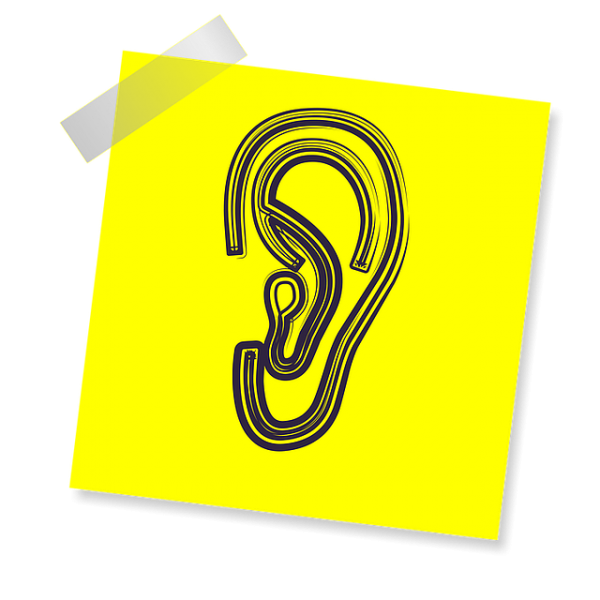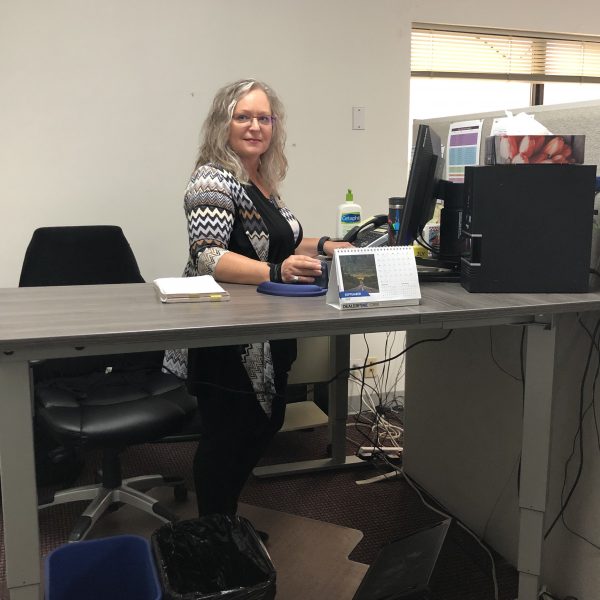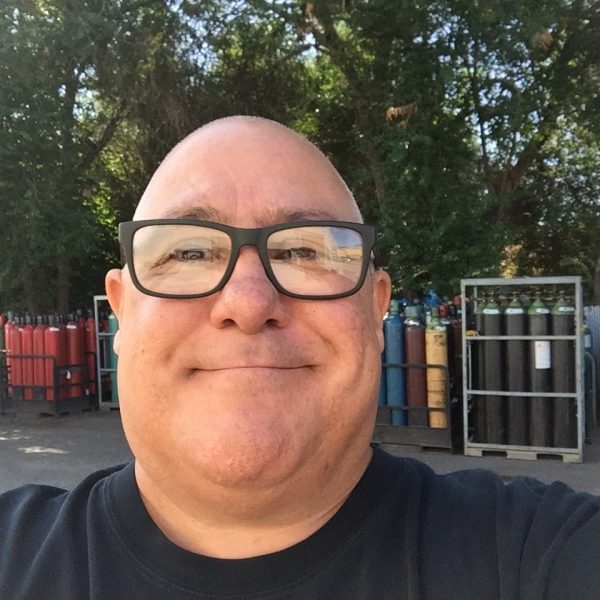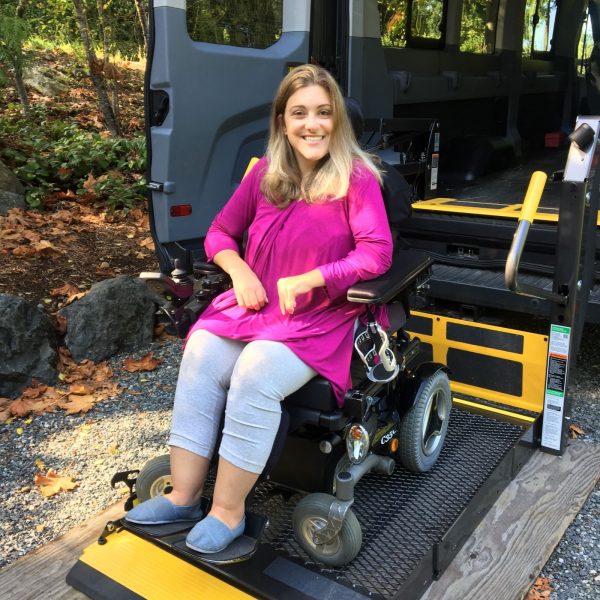Theresa Makes Her Work Day Less Challenging with New Hearing Aids

Theresa is a kitchen designer and office manager for a small cabinet shop in Langley.
“I work very closely with our customers from the first time they enter our showroom through to installation and deficiency completion,” she explains.
Mehrnoush Becomes More Active in Her Workplace With Assistive Technology

Mehrnoush is a bookkeeper based in Pitt Meadows. Her work involves a lot of time at a desk and on the computer.
She has cerebral palsy.
“It slows down my movements,” she explains. “For example, I use only two of my fingers while typing. In my workplace, I can’t be as active as other people. I also have back and shoulder pain while working for a long period of time.”
Emerita Finds Confidence in the Job Search with Hearing Aids

Thanks to new hearing aids purchased through WorkBC Assistive Technology Services, Emerita, of Vancouver, is feeling more confident than ever in her job search.
“I feel confident being able to hear properly!” she shares. “[I have] better hearing capability for job interviews.”
“I Was at a Loss as to How I Was Going to be Able to Afford New Hearing Aids”

Christine works at a daycare in Kelowna. Her job involves a lot of communicating and listening.
“My duties include communicating with the children’s parents, and my co-workers and supervisors. Answering phone calls, administering first aid if necessary and interacting with the children,” she shares. “I am severely hearing impaired and require two hearing aids to be able to fulfill my duties at work.”
“I Would Not Have Been Able to Afford New Hearing Aids Without It,” Roxy Praises WorkBC ATS

Roxy needed new hearing aids.
“My old hearing aids were not functioning at a high enough level for me, resulting in the need for people I work with and serve to repeat themselves constantly. This led to frustration and lack of productivity,” she admits.
Less “Pain, Fatigue and Frustration” for Gail

Gail is the business development officer at a car dealership. As part of her job, she’s on the phone a lot, keeping clients happy and drumming up new business.
However, she’s been having a hard time hearing, especially over the phone.
“[It was] often difficult to hear or understand what clients were saying, and [I was] asking them to repeat themselves — and even then not always able to make out what they were saying,” Gail explains. “Very challenging as my work is mostly on the phone.”
“It Has Made Me More Confident,” WorkBC ATS Helps Precella Improve Her Communication at Work

Precella works as an airplane groomer — her job is to keep the airplane cabins clean. And as lead hand, she assigns duties, gives instructions, and communicates with supervisors and airline agents to make sure scheduled flights are cleaned on time.
In a job that requires a lot of communication, Precella faces a significant barrier — she is hard of hearing.
Heather Grateful to “Better Perform” at Her Job with New Hearing Aids

For over 20 years, Heather has helped students from across the globe learn English as an English Second Language teacher. But now she’s having an easier time inside the classroom, thanks to hearing aids purchased with the help of WorkBC Assistive Technology Services.
“I feel less tired and frustrated in class since I don’t have to ask for repetition or apologize for not being able to hear. I also feel less isolated in social situations,” she explains.
“It’s Really Surprising What I Was Missing Out On,” Daniel Gets Hearing Aids Thanks to WorkBC Assistive Technology Services

Daniel, of Kelowna, works in the industrial supply sector, filling compressed gases and inspecting materials for welding supplies, also filling from time to time as a relief driver.
The difference for Daniel since getting hearing aids with the help of WorkBC Assistive Technology Services has been enormous.
Angela Finds Independence with a New Wheelchair Lift

With a new wheelchair lift in her van thanks to WorkBC Assistive Technology Services, Angela no long has to worry about her commute to work.
“I now have a safe and reliable means of getting to work,” she shares. “This has removed a great deal of stress for me.”



